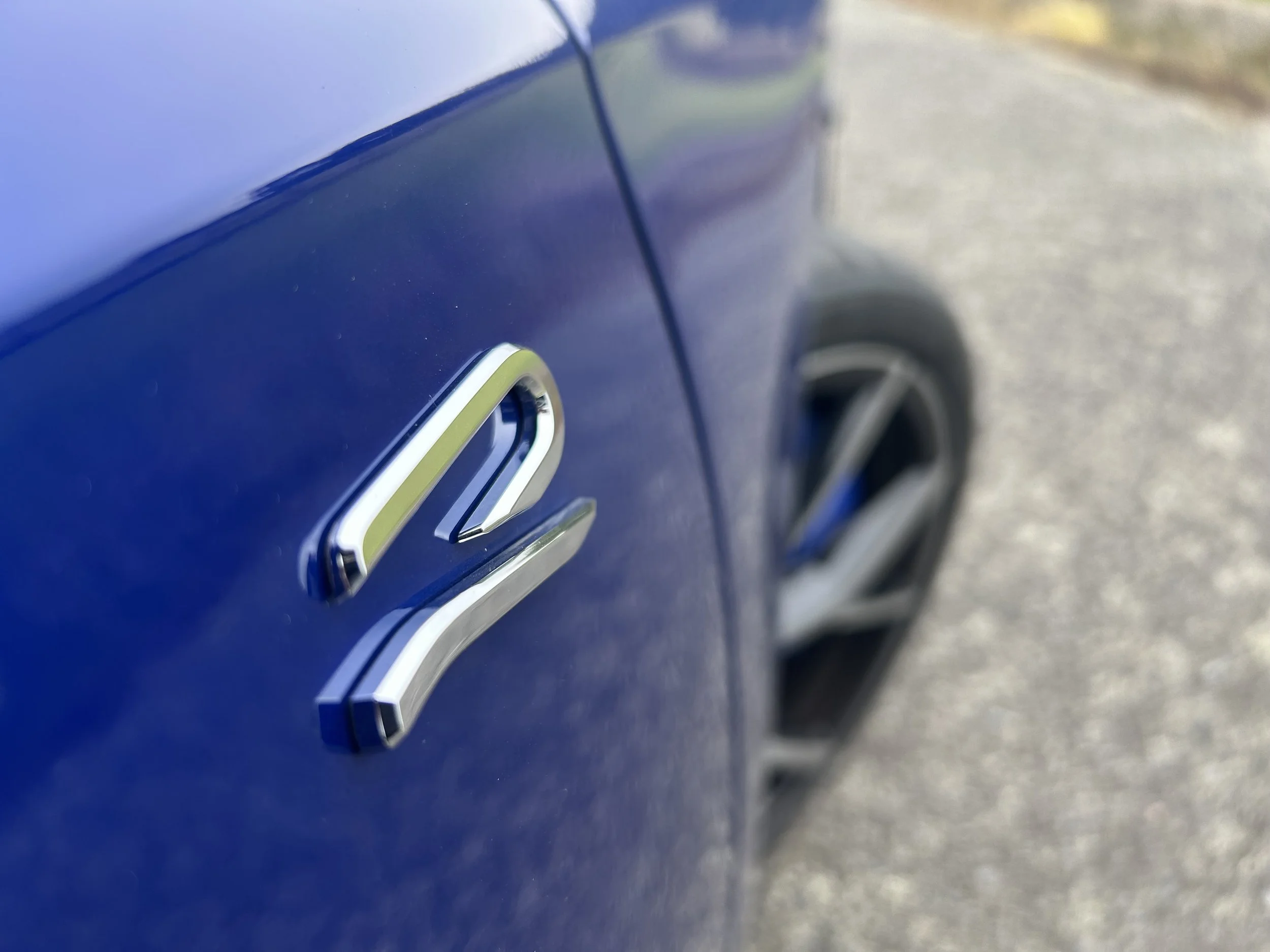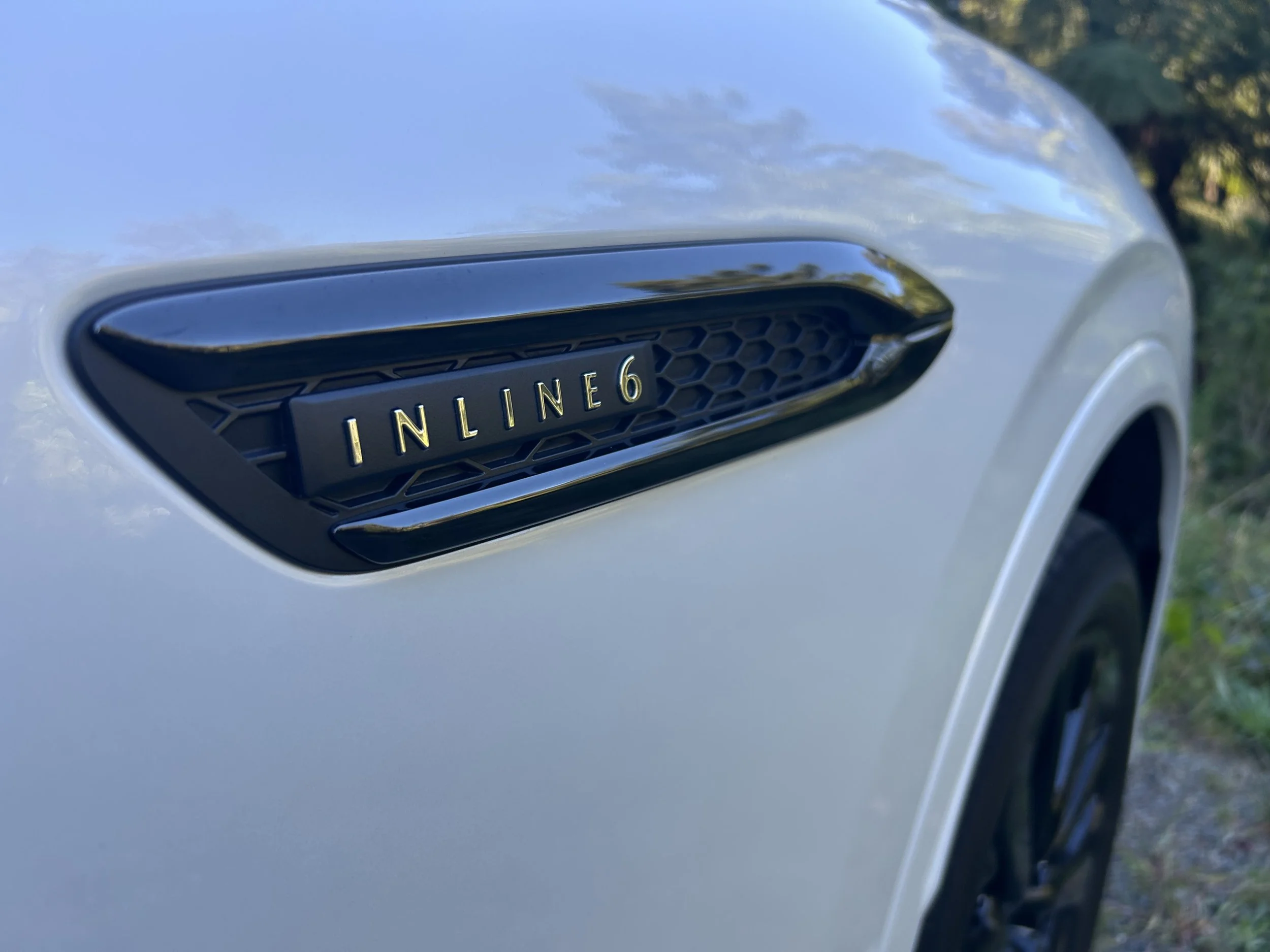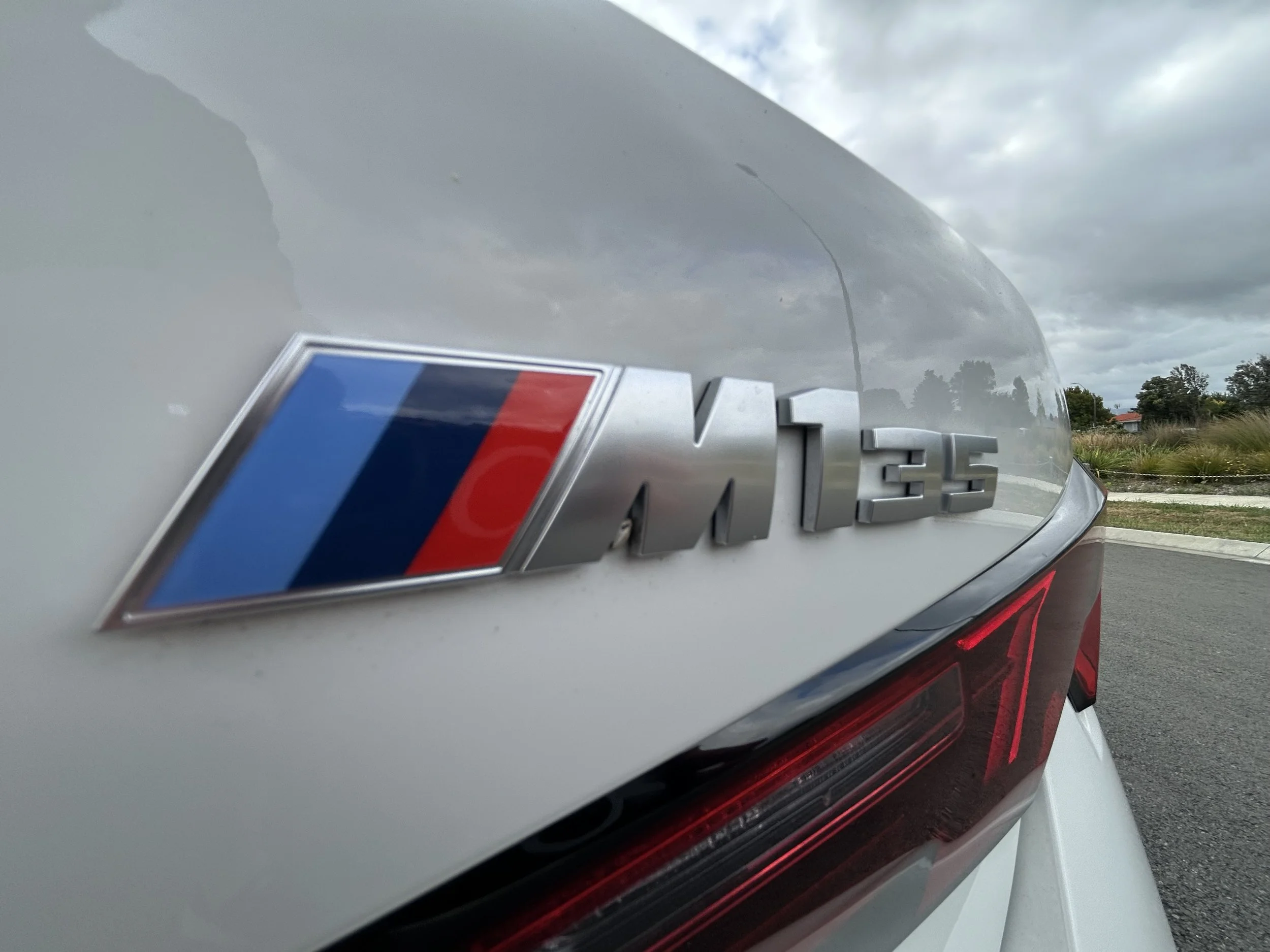Electric Rangie conquers UAE’s biggest dune
/Desert storming performance comes as neighbour says it’s taking the breakthrough model. Where does NZ stand?
REGIONAL availability of the first fully-electric Range Rover has been ticked off.
The brand’s representative in Australia has now notified that it will take new car, with an arrival date following the car's international launch next year, conceivably pressures NZ’s operation to provide clarity about its own plans.
This comes after the parent shared new images of the car - Jaguar Land Rover’s second production electric vehicle after the now-defunct i-Pace - undergoing more final pre-release testing, this time in the United Arab Emirates.
The car’s prowess in ultra-hot conditions is important; the previous tranche of images from the brand showed it being taken to the other extreme, with Arctic Circle testing earlier this year.
Though it is now being tested in what seems to be showroom-ready state, bases on the same Modular Longitudinal Architecture (MLA) platform as the fossil fuel reliant Range Rover and will use an 800V charging architecture, many details about the car remain under wraps, not least the performance.
However, Range Rover has previously hinted it will be similar to the existing but soon to be extinct V8-powered model, a 4.4-litre BMW-sourced, twin-turbocharged petrol that in most powerful present format develops 452kW and 750Nm. The version is restricted to the SV edition, five of which are coming to NZ in a special Haast package so exclusive price is on enquiry. An equivalent type for Australia, called the Orpheus, is $574,000.
The electric model will be built at the Solihull plant in the United Kingdom alongside mild and plug-in hybrid versions.
The desert outing for the Range Rover Electric seems two-fold. As well as putting its off-road abilities to the test, JLR was also putting the heat on a new thermal management system.
Ability to successfully cope with local temperatures of up to 50 degrees Celsius is a good sign-off.
The tests were carried out in Sharjah’s Al Badayer desert, with specific task being to conquer Dubai’s greatest desert hill climb, a natural 91 metre-tall dune formation known as ‘Big Red’.
JLR says all Range Rover vehicles are subjected to completing the ascent five times without showing any reduction in performance before they are allowed to go on to the next testing stage.
It says the Range Rover Electric completed the feat easily.
“A hot climate is one of the most challenging for any battery electric vehicle, because of the need to cool the cabin and optimise battery performance at the same time,” Thomas Muller, executive director for product engineering, explained via a media communique.
“The additional challenge of driving on sand requires controlled low‑speed torque, so our specially-developed traction control and thermal management systems work in harmony to ensure power delivery is unaffected.
“Our tests have shown that in this climate, repeatedly driving the equivalent of 100 metres uphill on fine sand, Range Rover Electric matches the performance of its ICE (internal combustion engine) equivalents; in some instances, even surpassing them – thanks to the introduction of these new features.”
The EV has an Intelligent Torque Management system in place of a conventional ABS-based traction control system.
Range Rover says the new system improves traction control off road by distributing power to each individual electric motor, reducing the torque reaction time at each wheel from around 100 milliseconds, to as little as one millisecond.



















